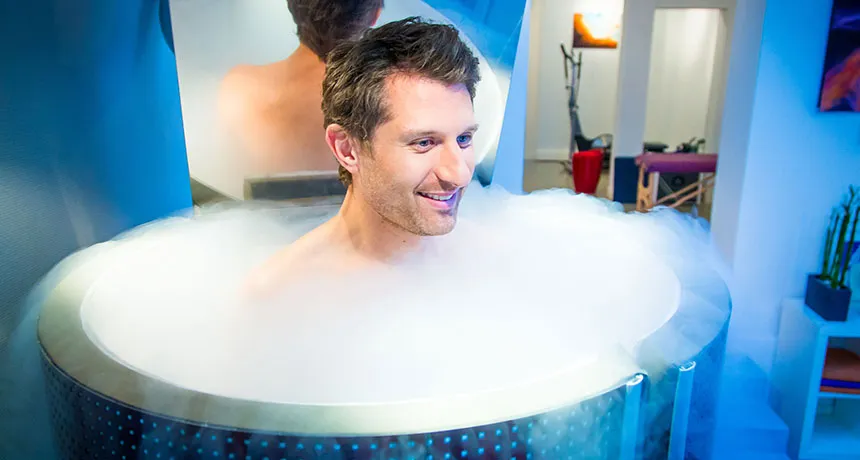In recent years, cryotherapy has emerged as a favored recovery method among athletes striving for enhanced performance and quicker healing. This cold therapy, which involves exposing the body to extremely low temperatures for short periods, is gaining traction across various sports, from football and basketball to mixed martial arts and distance running. At the heart of cryotherapy’s appeal is its potential to reduce inflammation, relieve muscle soreness, and accelerate recovery critical factors in an athlete’s ability to perform consistently at elite levels. One of the primary reasons athletes are turning to cryotherapy is its effectiveness in managing inflammation and pain. After intense physical exertion, the body often experiences micro tears in muscle fibers, leading to inflammation and soreness. Traditional ice baths have long been used to combat this, but whole-body cryotherapy offers a more efficient and targeted alternative. By immersing the body in temperatures ranging from -110°C to -160°C for two to four minutes, cryotherapy can constrict blood vessels and reduce inflammation at a systemic level.

This rapid reduction in inflammation not only eases discomfort but also facilitates faster healing of muscle tissues. Additionally, cryotherapy has been linked to improved circulation and a boost in endorphin levels. When the body is exposed to extreme cold, blood is redirected from the extremities to the core to maintain internal temperature. Once the session ends, blood rushes back to the extremities, enriched with oxygen and nutrients, promoting cellular repair. This process not only accelerates physical recovery but also contributes to overall wellness. Athletes often report feeling invigorated and mentally refreshed after a cryotherapy session, thanks to the surge in endorphins and the temporary relief from chronic pain or fatigue. Mental resilience is just as important as physical strength in competitive sports, and cryotherapy may offer psychological benefits that give athletes an edge. The endorphin release triggered by cold exposure can help improve mood and reduce symptoms of anxiety or depression, both of which are not uncommon in high-pressure athletic environments.
The mental clarity and improved sleep quality associated with regular cryotherapy sessions can further enhance focus and readiness, contributing to peak performance. Moreover, many professional sports organizations and elite training facilities have integrated cryotherapy chambers into their recovery protocols. High-profile athletes have publicly endorsed cryotherapy as a crucial part of their training and recovery routines. Their testimonials lend credibility to the treatment’s efficacy and have helped popularize it among amateur athletes and fitness enthusiasts seeking similar benefits. While cryotherapy is not a cure-all and should be used in conjunction with other recovery methods such as proper nutrition, hydration, and rest, its role in modern athletic performance is undeniable. It represents a shift toward more holistic, science-backed recovery strategies that prioritize both physical and mental health. As the demands on athletes continue to increase, cryotherapy offers a practical and effective solution to help them stay ahead of the game, recover faster, and perform at their best.


